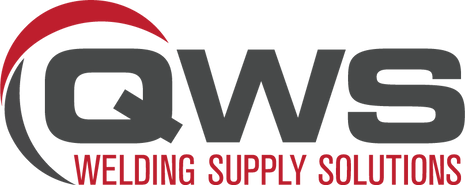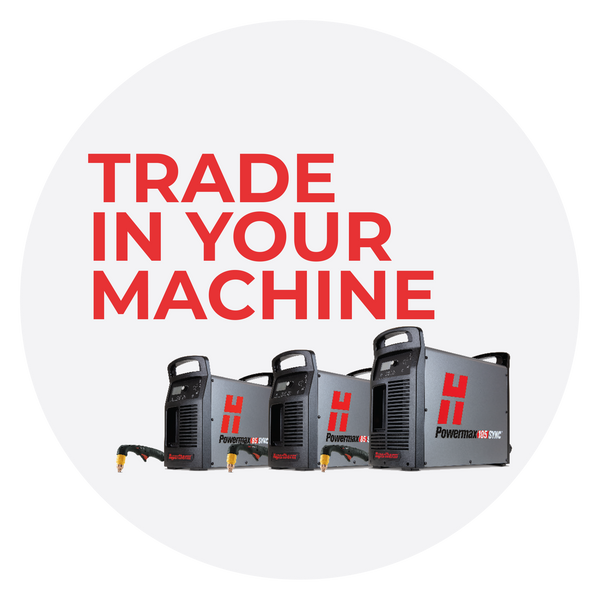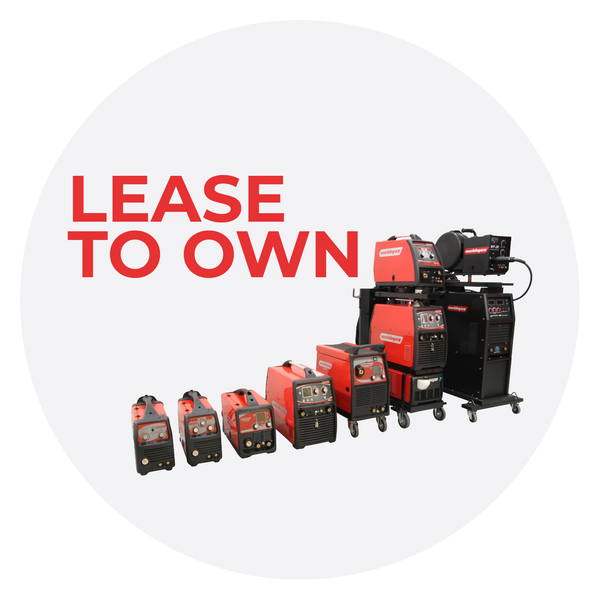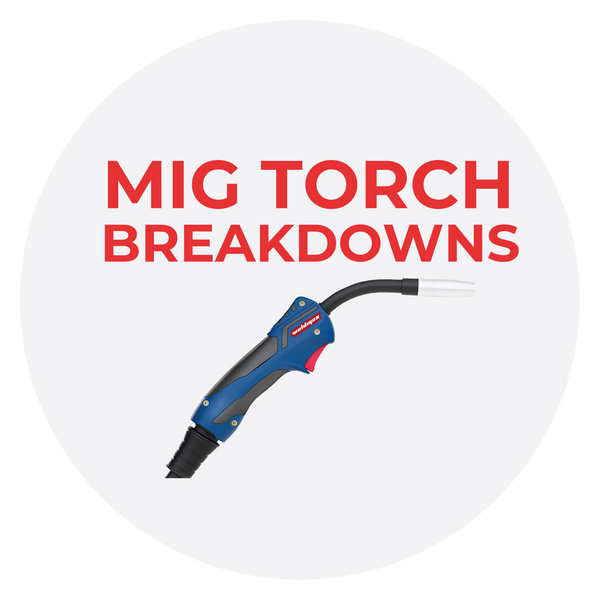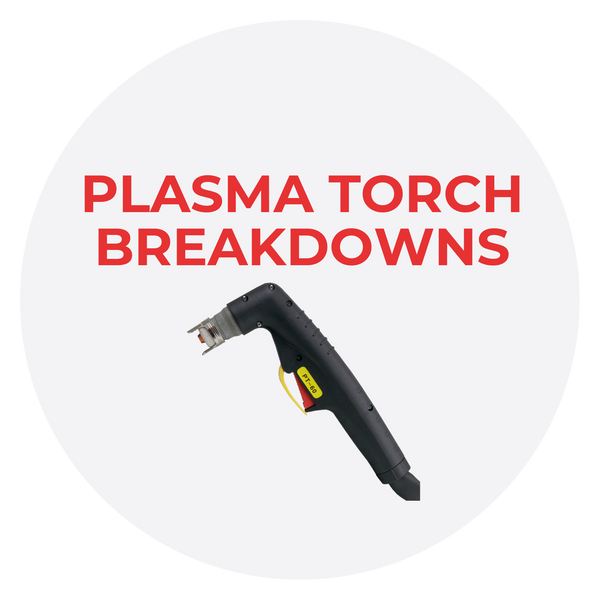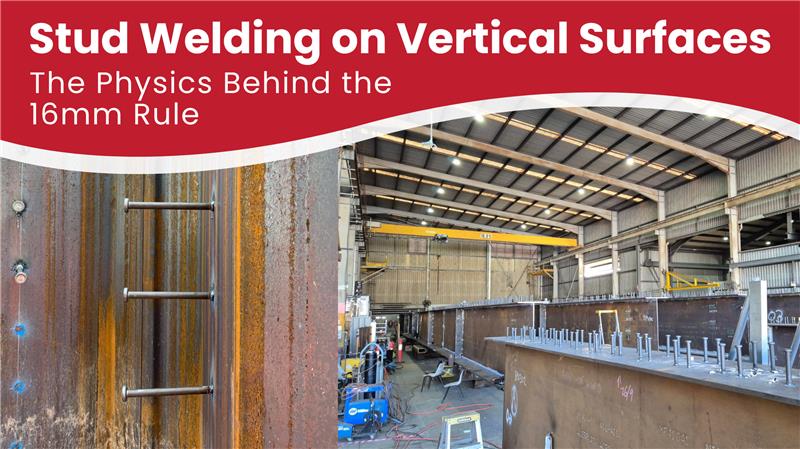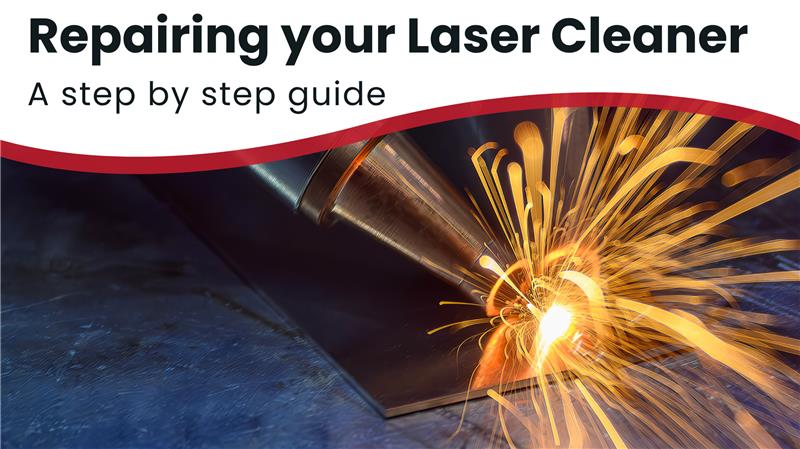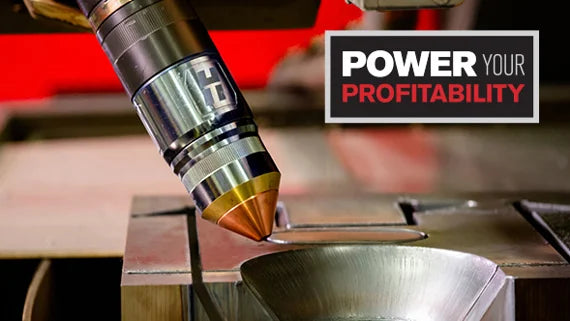Ensuring Safety Compliance: Hose and Hose Assemblies and Gas Cylinder Storage

Safety standards play a crucial role in safeguarding lives, protecting the environment, and ensuring the integrity of industrial processes. In Australia and New Zealand, strict safety regulations are enforced across various industries, including welding, cutting, and allied processes. Two critical areas of focus in this regard are the safety standards for hose and hose assemblies and the storage and handling of gases in cylinders. In this blog post, we'll explore these safety standards, why they are essential, and how businesses can ensure compliance.

Hose and Hose Assemblies Safety Standards
Hose and hose assemblies are integral components in many industries, including manufacturing, construction, and agriculture. Ensuring their safety is vital to prevent accidents, protect workers, and maintain the efficiency of processes. In Australia and New Zealand, compliance with the relevant safety standards is mandatory.
AS/NZS 1869:2012 - Hose and Hose Assemblies for Liquefied Petroleum Gases (LP Gas), Natural Gas, and Town Gas: This standard outlines the requirements for hoses and hose assemblies used with LP gas, natural gas, and town gas. It covers design, materials, construction, and testing to ensure the safe handling of these gases. Businesses must adhere to this standard to guarantee the integrity of their gas supply systems.
AS/NZS 1869:2012 - Hose and Hose Assemblies for Air: This standard focuses on hoses and hose assemblies used for conveying air. It addresses design, construction, and performance requirements to prevent accidents and ensure the reliability of air delivery systems.
AS/NZS 1335:1995 - Hose and Hose Assemblies for Liquid Petroleum Gas (LPG) in Bulk: This standard pertains to hoses and hose assemblies used for bulk LPG transfer. It covers safety aspects during storage, handling, and transportation of bulk LPG, emphasizing the importance of minimizing risks associated with leaks or accidents.

Gas Cylinder Storage and Handling Safety Standards
The storage and handling of gases in cylinders, especially in welding, cutting, and allied processes, demand stringent safety measures due to the inherent risks associated with compressed gases. In Australia and New Zealand, several standards govern these operations.
Argon Safety Standards
Argon is commonly used in welding and metal fabrication. To ensure its safe use, both Australia and New Zealand have adopted standards that regulate the handling, storage, and transportation of argon gas. These standards include:
AS 2473.1:1990: This Australian Standard provides guidelines for the storage and handling of cryogenic liquids, including argon. It covers aspects such as labeling, ventilation, and emergency procedures.
NZS 5433:1999: In New Zealand, this standard offers recommendations for the safe use of argon and other cryogenic gases. It addresses issues like cylinder inspection and maintenance.
Oxygen Safety Standards
Oxygen is an essential gas in various industries, including healthcare and welding. Safety standards for oxygen in Australia and New Zealand include:
AS 4332-2004: This Australian Standard outlines safety and handling requirements for gases, including oxygen. It covers aspects such as storage, transportation, and labeling.
NZS 5465:2001: New Zealand's standard for oxygen includes guidelines for safe handling, storage, and use. It emphasizes the importance of avoiding contamination and proper cylinder storage.
Acetylene Safety Standards
Acetylene is widely used in cutting and welding processes. To prevent accidents, strict safety standards are in place, such as:
AS 4839:2001: This Australian Standard offers detailed guidance on the safe use of acetylene. It covers aspects like cylinder design, storage, and transportation.
NZS 5435:1996: New Zealand's standard for acetylene safety covers similar aspects, including cylinder inspection and handling practices.
LPG Safety Standards
Liquefied Petroleum Gas (LPG) is a common fuel for heating, cooking, and powering vehicles. Safety standards for LPG in both countries are critical to preventing accidents and ensuring safe use. These standards include:
AS/NZS 1596:2014: This joint Australian and New Zealand standard specifies requirements for the design, construction, and operation of LPG installations. It covers aspects like cylinder storage, transportation, and safety equipment.
Why Compliance Matters
Ensuring compliance with these safety standards is not just about adhering to legal requirements; it's about safeguarding lives and property. Non-compliance can result in catastrophic accidents, injuries, loss of life, environmental damage, and financial losses for businesses. By following these standards, businesses demonstrate their commitment to safety and responsible operations.
Ensuring Compliance
Achieving compliance with these safety standards involves several key steps:
Education and Training: Ensure that employees are well-trained in the safe handling of hoses, hose assemblies, and gas cylinders. Regular safety training and updates are essential.
Inspections and Maintenance: Regularly inspect hoses, hose assemblies, and gas cylinder storage areas for wear, damage, or leaks. Implement a maintenance schedule to address issues promptly.
Documentation: Maintain detailed records of inspections, maintenance, and compliance efforts. This documentation can be invaluable in demonstrating compliance during audits or inspections.
Emergency Response Plans: Develop and communicate clear emergency response plans for gas leaks, hose failures, or cylinder mishaps. Ensure all employees know the proper procedures.
Auditing and Compliance Checks: Periodically engage in internal audits or hire external experts to ensure full compliance with safety standards. Correct any identified issues promptly.
Safety standards are the cornerstone of responsible industrial operations in Australia and New Zealand. Whether it's the use of hoses and hose assemblies or the storage and handling of gases in cylinders, strict adherence to safety standards is non-negotiable. By following these standards, businesses can protect their employees, their operations, and the environment while also staying in compliance with the law. It's not just a legal requirement; it's a commitment to safety and responsible business practices.



Article based on ASNZS / SAI Global
